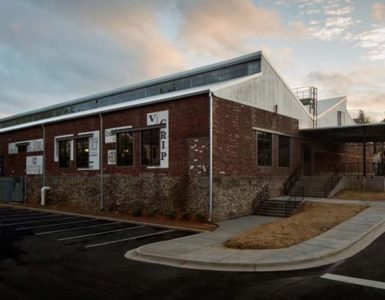I wake up this morning captivated by a bright, energetic dream. I hope it’s a vision of the future. Time will tell.
In it, using money earned from sales of Putting the Tarot to Work and Putting the Tarot to Bed, Clyde and I moved into an incredible loft space in some large city. The dream lasted long enough for us to consult with a small team of designers, who spent several hours interviewing us to learn more about our background, our experience as a couple, and our tastes.
The designers left with this list:
– bright, primary colors
– world travel
– dining, eating, good food, “greasy spoon diners”
– surprises and new experiences
– Christmas
Things started off badly: the designers at first came back with a lot of photographically enlarged comic book art, bad vintage furniture in avacodo green and dull yellow, and big postcards. After a little “come to Jesus” meeting with the design team (and after bringing on several craftspeople recommended by our good friend and builder, John Hannula), we found ourselves the owners of an incredible space. Some details:
1) The Mural. Along the longest windowless wall of the loft, a mural artist had painted a line of shops and stores along an imaginary city street. The buildings and signs, all in bold primary colors, were done in a deliberately exaggerated and distorted style. Their walls were slightly more curved and wavy than they would be in reality, and the buildings bulged outward, as though gently pressurized from within.
The eye was first drawn to the color and distortion … but closer examination revealed these were no ordinary shops. One, with bright windows and a lime-green awning, was painted to be a small-town version of Clyde’s video store. Next door to it was “Mystical Mark’s Tarot and Tea Room,” complete with a crystal ball and telephone number in the window.
Further down the road: a cartoon version of Clyde’s Deville Cinema, a temple we admired in Thailand, the hotel we selected while in Paris, a lively night market in China, a bit of the Great Wall, the Sydney Opera House, St. Mark United Methodist Church, a Hindu temple from Singapore, the Bell Temple from Beijing, a SkyTel paging store — literally dozens of references to our past and our travels.
Another artist had rendered the distinctive shapes of the Eiffel Tower and the Sydney Harbor Bridge in bold, simple lines. This had been transformed into an image that could be projected onto the wall, recreating the structures with bright, abstracted strokes of light. Thanks to a concealed lamp in the ceiling, these two landmarks bookended the mural, as though looming in the distance behind the line of shops.
2) The Christmas Corner. The designers were taken with Clyde’s massive Christmas village collection, and worked it into one corner of the room, making a sort of permanent Christmas display. They surrounded the buildings with the kind of realistic greenery used in top-grade architectural models, then added a permanent, foam-based layer of snow. They surrounded this with lights and huge, geometric frames holding photos from Christmas parties over the years.
3) The Door Wall. They built a wall that divided the long, rectangular loft space into two distinct spaces: one side public (living area, kitchen nook, entertainment center) and the other private (bedrooms and bathrooms). Into this wall, they cut what appeared to be eight or nine doors, each done in the slightly distored cartoon style of the mural. They painted each one a different color and outfitted them with bizarre hardware: a handle shaped like an Arabian broadsword, a porthole from a luxury cruiser, a doorknob in the shape of a starfish.
Only four of the doors were real: one leading to the master bedroom, one to a closet, one to a bath, and one to the office. The others couldn’t even be opened; they were decorative only. (They also annoyed Clyde, who kept going to the fake doors instead of the real ones.)
4) The Diner. The tiny kitchen and breakfast nook had been transformed into a mini-diner, with gleaming black and white tile, a neon clock, a tiny jukebox console (updated with a small flat-panel television screen) and a booth where Clyde and I could sit opposite each other while enjoying our morning cereal.
Clyde and I were stunned. We loved the space; it was “us” — full of energy and color and a bit off-center and unexpected. Waking up to find myself back in the present was a shock.
I’m working on the books with renewed vigor today … just in case.


Sounds like a deal to me! Atlanta must be calling!
Sounds like a deal to me! Atlanta must be calling!